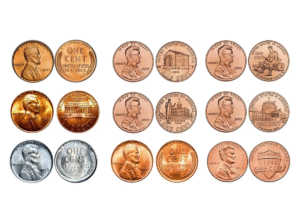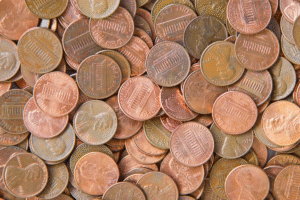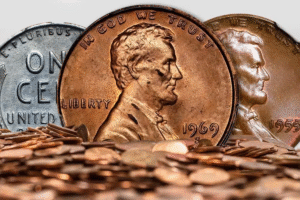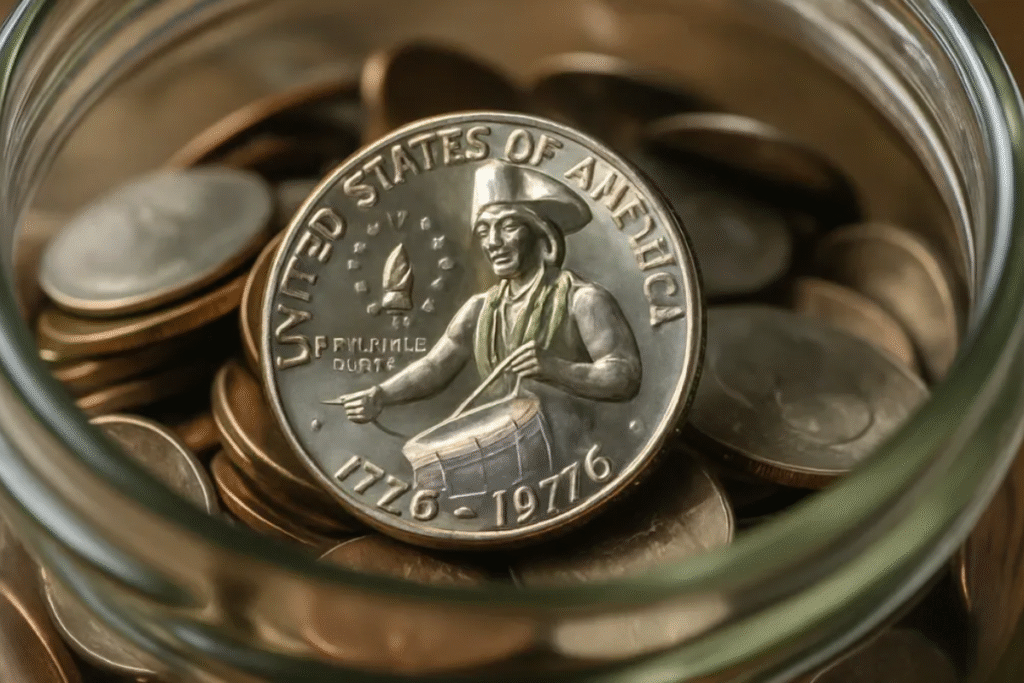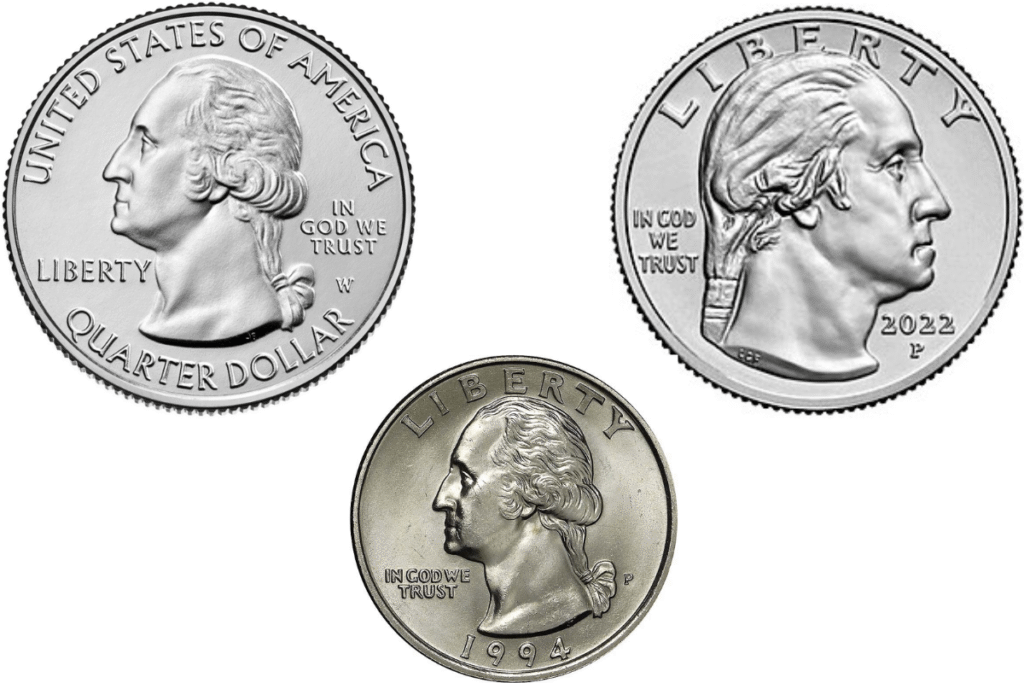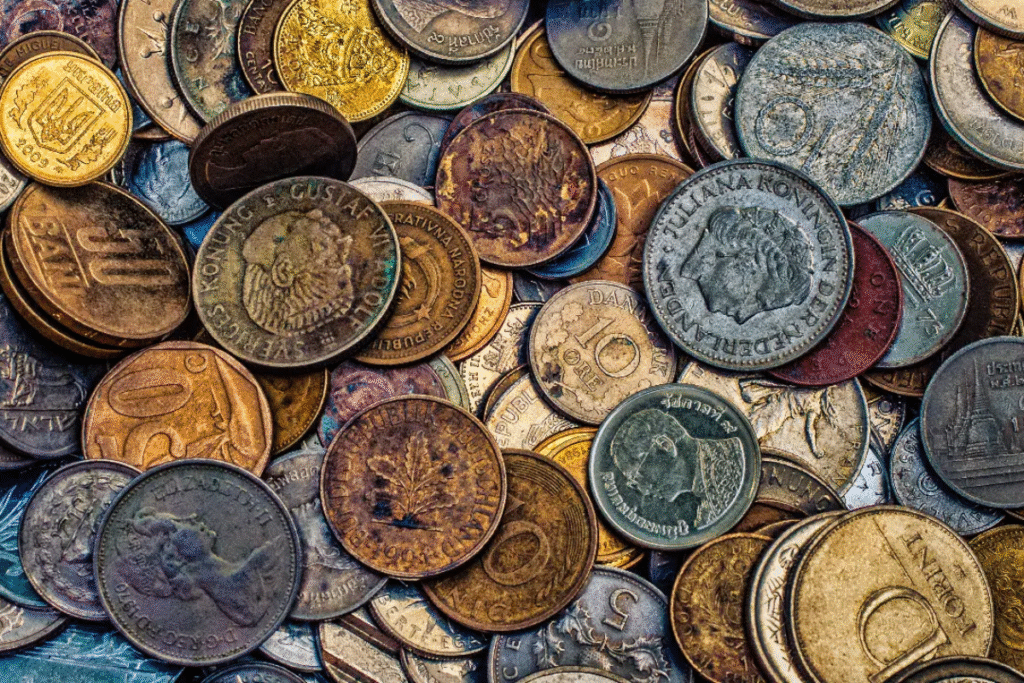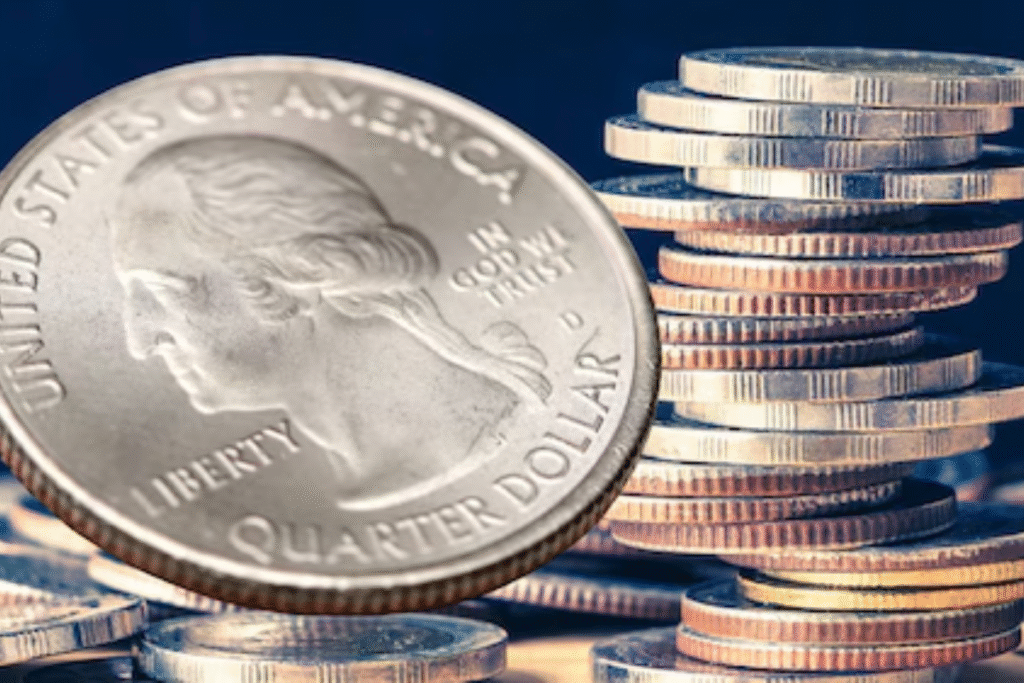If you’re someone who casually tosses loose coins into a change jar, you might want to take a closer look. Some of those Mercury dimes, seemingly ordinary at first glance, could actually be hiding rare overdate errors—making them worth thousands of dollars. These rare varieties are prized by collectors and can still occasionally show up in everyday coin stashes. Here are three overdate Mercury dimes that you might already have, sitting unnoticed in your home.
1942/1 Mercury Dime (Philadelphia Mint)
One of the most famous overdate errors in U.S. coinage is the 1942/1 Mercury Dime. This rare variety occurred when a 1942 die was punched over a 1941 die, creating a distinctive overlap in the date. If you examine the “2” in 1942 closely, you’ll see traces of the “1” underneath. This dime was minted in Philadelphia, with no mint mark, and can fetch $400 to over $10,000 depending on condition. High-grade uncirculated versions are highly sought after and command premium prices at auction.
1942/1-D Mercury Dime (Denver Mint)
Similar to the Philadelphia version, the 1942/1-D Mercury Dime was minted at the Denver Mint and bears a “D” mint mark on the reverse. This variety is even scarcer than the Philadelphia version and is valued higher in most conditions. The same date overlap is visible with the “2” clearly showing signs of being punched over a “1.” These coins are rare in any grade and can sell for $1,000 to $25,000 depending on their quality. If you spot a “D” mint mark and a doubled date, don’t spend it!
1945/4 Mercury Dime (Unconfirmed)
Though controversial and debated among collectors, some believe that a 1945/4 Mercury Dime exists due to misreading die varieties or potential die deterioration. While not universally accepted or certified like the 1942 overdates, certain collectors claim to have specimens showing remnants of a “4” under the “5.” If authenticated, such a coin could potentially be worth thousands. As always, authentication by a reputable grading service is essential before assuming value.
Your change jar might hold more than spare coins—it could contain a hidden treasure. The 1942/1 and 1942/1-D Mercury Dimes are legendary among collectors, and even rumors of a 1945/4 variety continue to fuel interest in overdate errors. With just a magnifying glass and a bit of curiosity, you could uncover a coin worth hundreds or even tens of thousands of dollars. Always double-check your older dimes—your pocket change might be more valuable than you think.
FAQ’s:
1. What exactly is an overdate error?
An overdate error happens when a coin die is repunched with a new date over an old one, creating overlapping numerals. This results in a distinctive and collectible coin.
2. How can I identify an overdate Mercury Dime?
Use a magnifier to inspect the date area. Look closely for signs of a previous digit—such as part of a “1” beneath a “2”—especially on 1942 dimes.
3. Are all 1942 Mercury Dimes overdates?
No. Most 1942 dimes are standard. Only a small number show the overdate variety, which makes them rare and valuable.
4. Where is the mint mark on a Mercury Dime?
On Mercury Dimes, the mint mark is located on the reverse, near the bottom left next to the “E” in “ONE.”
5. Should I have my Mercury Dime graded?
Yes. If you believe you’ve found a rare overdate, have it authenticated by a reputable grading service like PCGS or NGC to determine its value and condition.

